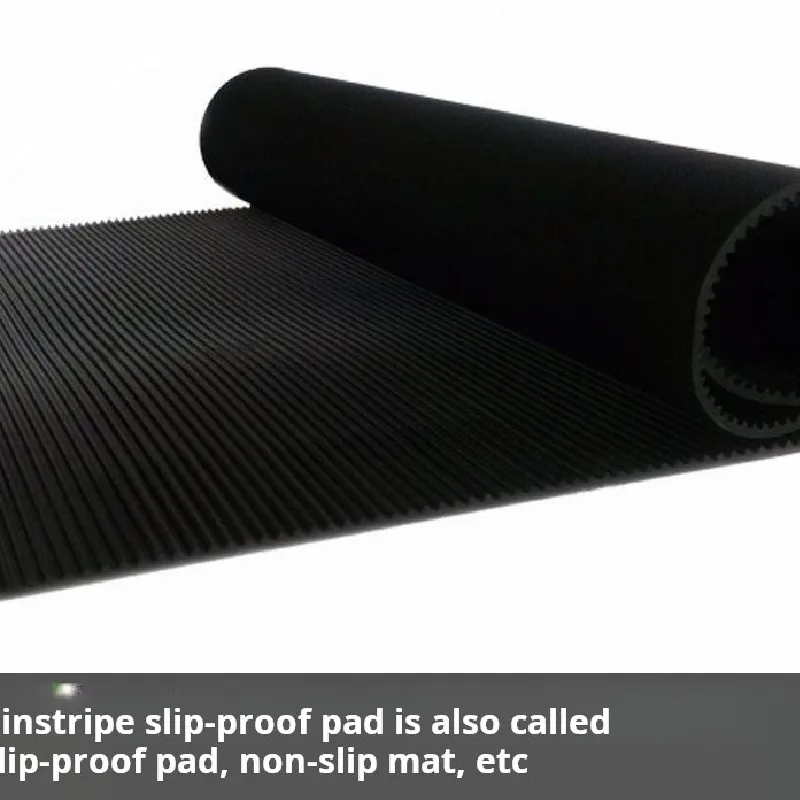rubber seal for doors and windows
The Importance of Rubber Seals for Doors and Windows
In our pursuit of enhancing home energy efficiency and comfort, rubber seals for doors and windows play a critical yet often overlooked role. These flexible components serve as barriers to air, moisture, and noise, ensuring that our homes contribute to our well-being while reducing energy costs. This article delves into the significance of rubber seals, their types, benefits, and maintenance tips to maximize their efficiency.
Understanding Rubber Seals
Rubber seals, commonly known as weather stripping, are made from various rubber materials, including EPDM (ethylene propylene diene monomer), neoprene, and silicone. Each type has unique properties that cater to different environmental conditions and applications. For instance, EPDM is particularly known for its durability and resistance to weathering, making it suitable for outdoor applications. Neoprene offers excellent insulation and is often used in colder climates, while silicone seals are favored for their flexibility and resistance to extreme temperatures.
The Benefits of Rubber Seals
1. Energy Efficiency One of the primary benefits of rubber seals is their ability to significantly reduce heat loss in winter and keep the cool air inside during summer. This temperature control leads to lower energy consumption and can result in substantial savings on utility bills. By preventing drafts, rubber seals maintain a consistent indoor climate, enhancing comfort for household members.
2. Moisture Protection Rubber seals act as a barrier against moisture, protecting interiors from water seepage and damage. This is particularly important in regions prone to heavy rainfall or high humidity. By preventing water from entering through gaps around doors and windows, rubber seals help to reduce the risk of mold growth and structural damage.
3. Noise Reduction Another advantage of rubber seals is their ability to minimize noise pollution. For those living in busy urban areas or near high-traffic roads, the installation of rubber seals can significantly dampen outside noise, creating a quieter and more peaceful home environment.
rubber seal for doors and windows

4. Pest Prevention Gaps around doors and windows often serve as entry points for unwanted pests. Rubber seals effectively close these gaps, providing an additional layer of protection against insects and rodents, thereby enhancing indoor hygiene and comfort.
Types of Rubber Seals
Rubber seals come in various forms, including adhesive-backed strips, pre-formed door sweeps, and window gaskets. Adhesive-backed strips are easy to install and can be cut to size, making them ideal for DIY projects. Door sweeps, typically installed at the bottom of doors, help to seal gaps while also preventing dirt and dust from entering homes. Window gaskets provide a tight seal around window frames, ensuring maximum insulation.
Installation and Maintenance Tips
To benefit from rubber seals, proper installation is crucial. Before installation, it is essential to clean the surfaces thoroughly to ensure the adhesive sticks properly. Measure the dimensions of the gaps accurately to cut the seals to size. It’s advisable to install seals when temperatures are moderate, as extreme weather can affect the adhesive properties of some materials.
Maintenance of rubber seals is relatively straightforward. Regularly inspect seals for wear and tear since exposure to sunlight and harsh weather can degrade their material over time. If you notice cracks or loss of flexibility, it’s time to replace them to maintain optimal performance.
Conclusion
Rubber seals for doors and windows are unsung heroes in energy efficiency, moisture protection, noise reduction, and pest prevention. Investing in quality rubber seals not only enhances the comfort of our living spaces but also contributes to environmental sustainability by reducing energy consumption. By understanding their benefits and ensuring proper installation and maintenance, homeowners can optimize their effectiveness, leading to a more comfortable and sustainable living environment.
-
Under Door Draught Stopper: Essential ProtectionNewsJul.31,2025
-
Garage Door Seal and Weatherstrips for ProtectionNewsJul.31,2025
-
Edge Banding Tape for Perfect EdgesNewsJul.31,2025
-
Table Corner Guards and Wall Corner ProtectorsNewsJul.31,2025
-
Stair Nose Edging Trim and Tile Stair SolutionsNewsJul.31,2025
-
Truck Bed Rubber Mats for Pickup BedsNewsJul.31,2025
-
Window Weather Stripping for Noise ReductionNewsJul.29,2025